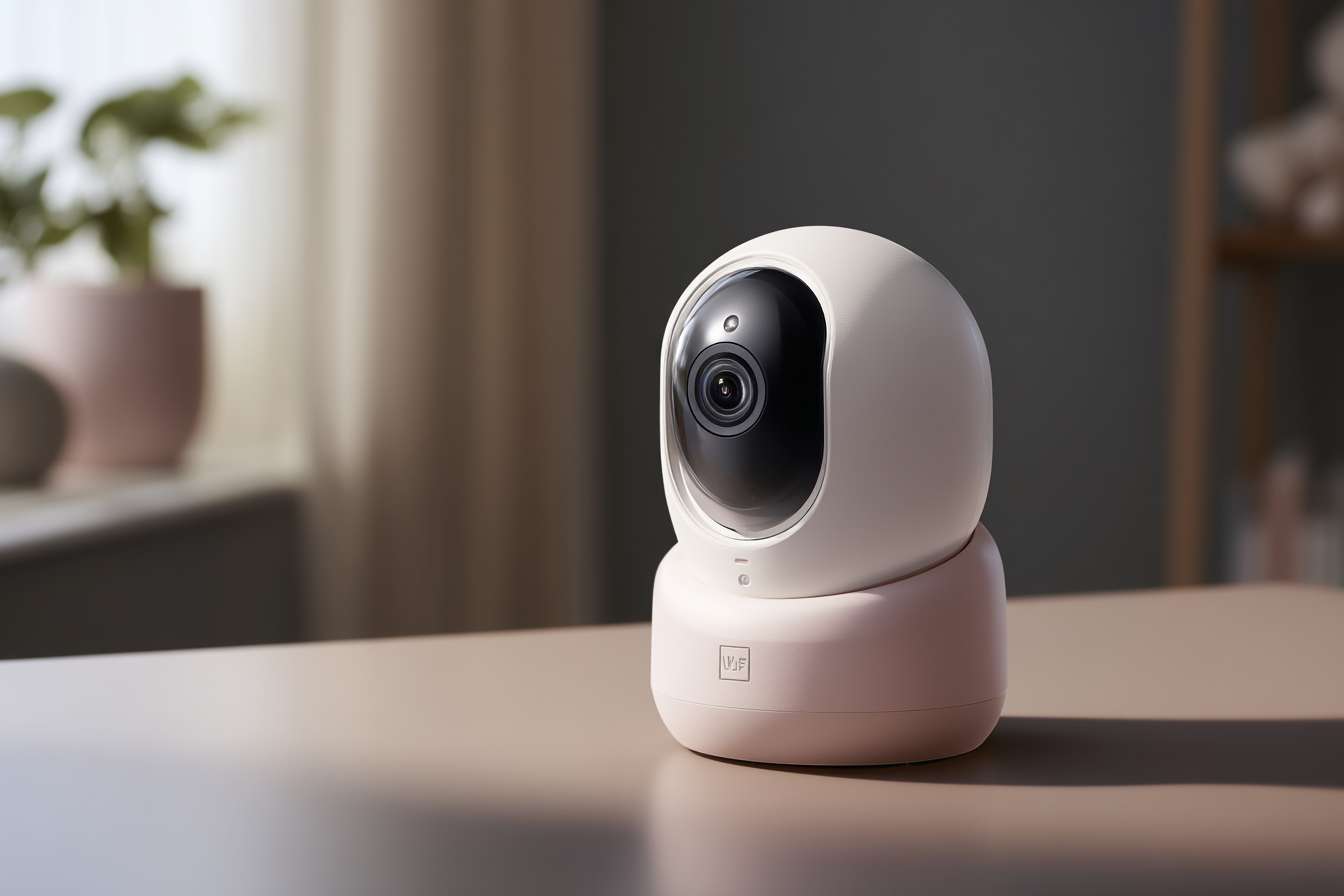Wireless Cameras for Home Security and Surveillance
Wireless cameras are compact recording devices that transmit video and sometimes audio without a physical cable between the camera and the recorder or cloud service. They have become common tools for homeowners and businesses because they simplify installation and offer flexible placement. This article explains how wireless camera systems work, key features to evaluate, and practical considerations for using them in home security and broader surveillance setups.

What is a wireless camera?
A wireless camera is a camera that sends video and audio signals over a wireless network, typically Wi‑Fi or a proprietary radio frequency. It may store footage locally on an SD card or stream to a network video recorder (NVR) or cloud service. Many models include onboard processing for motion detection, night vision, or two‑way audio. Because they avoid running video cables, wireless cameras are often used where wiring is difficult or costly, but they still require power either from batteries, Power over Ethernet (if hybrid), or a nearby outlet.
How a security camera connects and records
Security camera connection methods affect reliability and privacy. Consumer wireless cameras usually connect to a home router and upload clips to cloud storage or a paired app, while enterprise systems may use encrypted links to an NVR on the local network. Recording options include continuous recording, scheduled recording, event-triggered clips, or local SD storage. When choosing a security camera, check the supported codecs, encryption (e.g., HTTPS/TLS), and whether firmware updates are provided; these aspects influence video quality, storage use, and security of the device and network.
Using wireless cameras for home security
Wireless cameras can serve several home security roles: monitoring entry points, watching driveways and yards, checking on pets, or integrating with doorbells and alarm systems. Placement matters — cameras should capture clear sightlines without violating neighbors’ privacy. Consider image resolution for identification, night vision for low-light detection, and motion zones to reduce false alerts triggered by moving foliage or passing cars. In a home security setup, pairing cameras with sensors or a central hub can provide more reliable alerts and coordinated responses.
Surveillance features to consider
Key surveillance features include resolution (1080p, 2K, 4K), field of view, frame rate, low-light or infrared performance, and intelligent detection (people, vehicles, pets). Additional functional features are two‑way audio, pan/tilt/zoom (PTZ), and integration with smart home platforms. Battery-powered cameras offer flexible placement but require periodic recharging or solar support; wired power is more continuous but less flexible. Evaluate cloud vs. local storage tradeoffs: cloud services provide offsite backups and ease of access, while local storage keeps footage under your control but may be vulnerable if the device is tampered with.
Choosing the right camera and installation
Match the camera to the location and intended purpose. Outdoor cameras should be weather rated (IP65 or higher) and have anti‑tamper features; indoor cameras can prioritize smaller footprints and aesthetic fit. Consider the wireless environment — dense walls, distance from the router, and interference from other devices can reduce performance; in such cases a mesh Wi‑Fi system or wireless bridge can improve connectivity. For installations requiring continuous, high‑quality recording (for instance a large property or critical surveillance), hybrid systems that combine PoE or wired NVRs with some wireless endpoints may offer better reliability.
If you plan self‑installation, map camera locations, test angles before mounting, and secure credentials and firmware updates. For more complex setups or if local services are preferred, consult professional installers in your area to assess network capacity, power needs, and regulatory considerations for recording in shared spaces.
Conclusion
Wireless cameras offer flexible options for both home security and broader surveillance needs, balancing ease of installation with considerations around connectivity, storage, and privacy. Choosing the right model depends on where you intend to use it, whether you want cloud access or local control, and how much maintenance (battery changes, firmware updates) you are prepared to perform. A clear plan for placement, network reliability, and data handling will help ensure a wireless camera system meets your practical security needs without creating new vulnerabilities.





